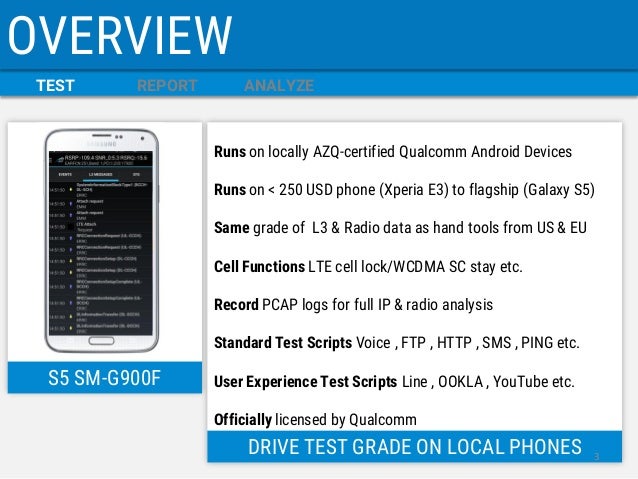ABSTRACT The efficacy of voriconazole is potentially compromised by considerable pharmacokinetic variability. There are increasing insights into voriconazole concentrations that are safe and effective for treatment of invasive fungal infections. Therapeutic drug monitoring is increasingly advocated. Software to aid in the individualization of dosing would be an extremely useful clinical tool.
We developed software to enable the individualization of voriconazole dosing to attain predefined serum concentration targets. The process of individualized voriconazole therapy was based on concepts of Bayesian stochastic adaptive control.
Multiple-model dosage design with feedback control was used to calculate dosages that achieved desired concentration targets with maximum precision. The performance of the software program was assessed using the data from 10 recipients of an allogeneic hematopoietic stem cell transplant (HSCT) receiving intravenous (i.v.) voriconazole. The program was able to model the plasma concentrations with a high level of precision, despite the wide range of concentration trajectories and interindividual pharmacokinetic variability. The voriconazole concentrations predicted after the last dosages were largely concordant with those actually measured.
STATDOSE is an interactive program for analyzing 3-dimensional dose distributions generated. Compile statdose (C-shell script, used to compile STATDOSE). Find dosing and administration information for your type 2 diabetes patients taking Welchol® (colesevelam HCI). See Full Safety & Prescribing Information.
Simulations provided an illustration of the way in which the software can be used to adjust dosages of patients falling outside desired concentration targets.  This software appears to be an extremely useful tool to further optimize voriconazole therapy and aid in therapeutic drug monitoring. Further prospective studies are now required to define the utility of the controller in daily clinical practice. INTRODUCTION Voriconazole is a second-generation triazole that is a first-line agent for the treatment of invasive aspergillosis, invasive candidiasis, and a number of other opportunistic fungal pathogens (). Exposure-response and exposure-toxicity relationships are increasingly well described in experimental and clinical contexts (). A trough concentration of ≥1 mg/liter is associated with improved clinical outcomes and survival in adults and children ().
This software appears to be an extremely useful tool to further optimize voriconazole therapy and aid in therapeutic drug monitoring. Further prospective studies are now required to define the utility of the controller in daily clinical practice. INTRODUCTION Voriconazole is a second-generation triazole that is a first-line agent for the treatment of invasive aspergillosis, invasive candidiasis, and a number of other opportunistic fungal pathogens (). Exposure-response and exposure-toxicity relationships are increasingly well described in experimental and clinical contexts (). A trough concentration of ≥1 mg/liter is associated with improved clinical outcomes and survival in adults and children ().
Easy peasy chinese pdf to english pdf. Furthermore, a trough concentration of >4.5 to 6 mg/liter is associated with an increased risk of both hepatotoxicity and central nervous system toxicity (,, ). Therapeutic drug monitoring to enable dosage adjustment to achieve these drug exposure targets is increasingly advocated. The pharmacokinetics (PK) of voriconazole are complicated.